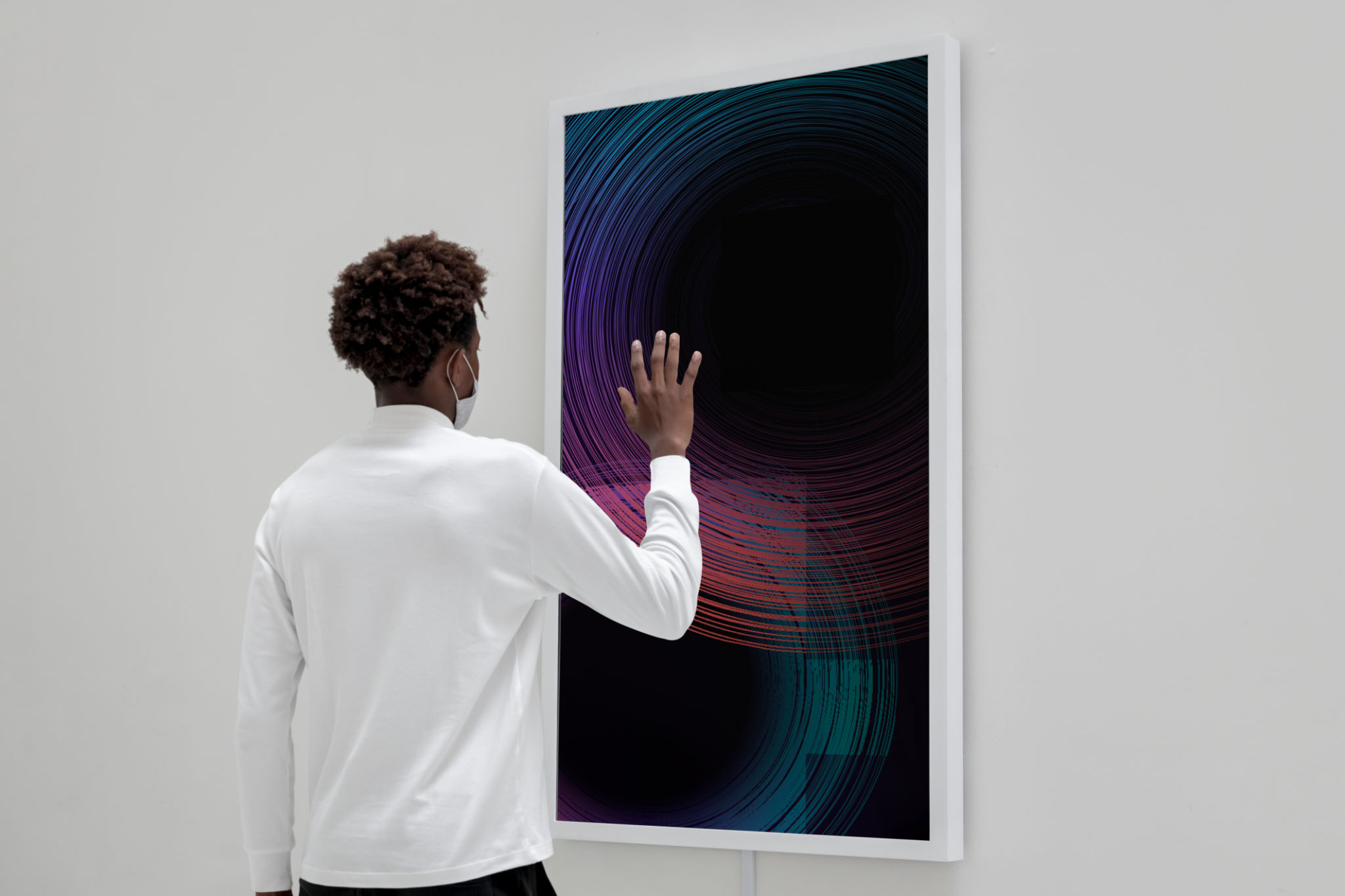Common Misconceptions About Illusion Museums Debunked
Understanding Illusion Museums
Illusion museums have surged in popularity as unique attractions that blend art, science, and entertainment. However, despite their growing presence, there are several misconceptions about what these museums actually offer. In this blog post, we'll debunk some of the most common myths surrounding illusion museums to give you a clearer picture of what to expect.

Misconception 1: Illusion Museums Are Only for Children
One of the most prevalent misconceptions is that illusion museums cater solely to children. While these venues certainly provide engaging experiences for young visitors, they are designed for all ages. Adults often find themselves just as captivated by the intricate illusions and interactive exhibits. These museums offer a diverse range of experiences that challenge perceptions and stimulate the imagination for everyone.
Misconception 2: Illusions Are Just Simple Tricks
Another common belief is that illusions in these museums are nothing more than simple tricks. In reality, the illusions on display are the result of extensive research in psychology, physics, and art. Each exhibit is carefully crafted to demonstrate complex principles in an accessible and entertaining way. Visitors often leave with a deeper understanding of how our brains interpret the world around us.

Misconception 3: Illusion Museums Are All the Same
Many people assume that all illusion museums offer similar experiences, but this couldn't be further from the truth. Each museum has its own unique set of exhibits, focusing on different aspects of illusion and perception. Some may emphasize interactive installations, while others highlight historical artifacts or cutting-edge technology. This variety ensures that no two visits are ever the same.
The Cultural and Educational Value
Illusion museums are not only about entertainment; they also hold significant cultural and educational value. These institutions bridge the gap between art and science, making complex concepts accessible to a wide audience. Visitors gain insights into human perception, cognitive science, and even cultural history through engaging and visually stunning displays.

Misconception 4: They're Just Photo Opportunities
While it's true that illusion museums provide excellent photo opportunities, reducing them to mere Instagram backdrops overlooks their true purpose. These photos often capture moments of discovery and surprise, sparking curiosity and conversation about how illusions work. The imagery becomes a tool for learning rather than just a visual souvenir.
Preparing for Your Visit
If you're planning a visit to an illusion museum, it's helpful to go with an open mind and a willingness to engage with the exhibits actively. Take the time to read descriptions and understand the science behind each illusion. Engaging with staff or guides can also enhance your experience by providing deeper insights into the exhibits.
In conclusion, illusion museums offer an enriching experience that goes beyond common misconceptions. They invite visitors of all ages to explore the fascinating interplay between perception and reality, providing both entertainment and education in a captivating setting.
